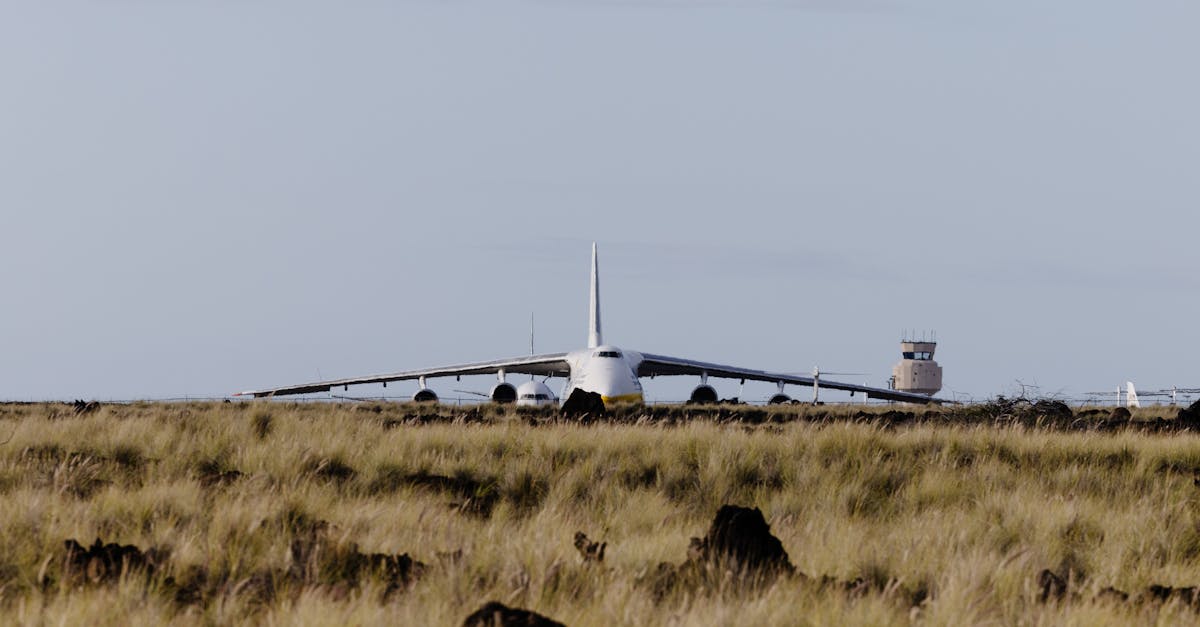Honolulu's transportation network is undergoing a significant transformation with the upcoming launch of Skyline Segment 2, which opened to the public on October 16th. The new segment adds four stations, including stops at Joint Base Pearl Harbor-Hickam, Daniel K. Inouye International Airport, Lagoon Drive, and the Middle Street Transit Center, spanning 5 miles of elevated guideway, according to Spectrum News. This expansion marks a critical step in improving Oahu's mobility and presents both challenges and opportunities for Hawaii's business community.
The second segment of the Skyline is set to open next week, as reported by Aloha State Daily. City officials, including Honolulu Mayor Rick Blangiardi, are optimistic about the positive impact on commuters, anticipating improvements in quality of life and economic opportunities, as noted by Hawaii News Now. With the new stations, particularly the direct connection to Daniel K. Inouye International Airport, city officials are hopeful that it will provide a boost to ridership. While the rail now reaches the airport, it doesn't yet reach Waikiki, which remains a challenge for tourists. The new rail line is projected to improve travel times and accessibility for both residents and visitors. This improvement in accessibility could lead to increased foot traffic for businesses located near the new stations. However, as highlighted by Beat of Hawaii, the current route doesn't service Waikiki, potentially impacting the ease of access for a large segment of the tourism market.
For entrepreneurs, investors, and professionals, the expansion of Skyline offers several prospects. Businesses located near the new stations could experience increased customer traffic and potentially higher revenues. Real estate developers may find new investment opportunities. The improved transportation network could lead to changes in commercial and residential property values, influencing local developers to consider expanding their projects or explore projects near the new stations. The infrastructure upgrade could attract more investment in areas now connected to the rail line.



